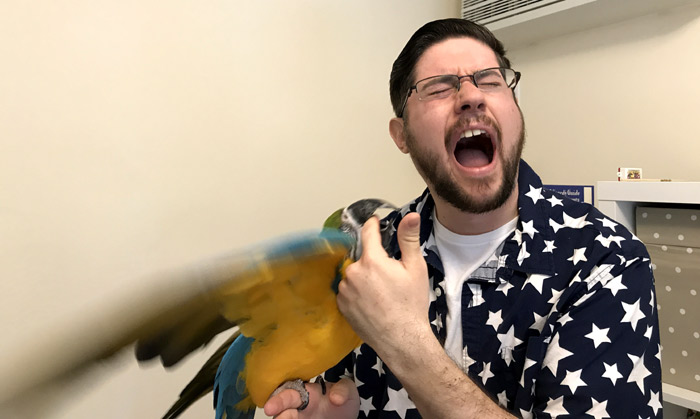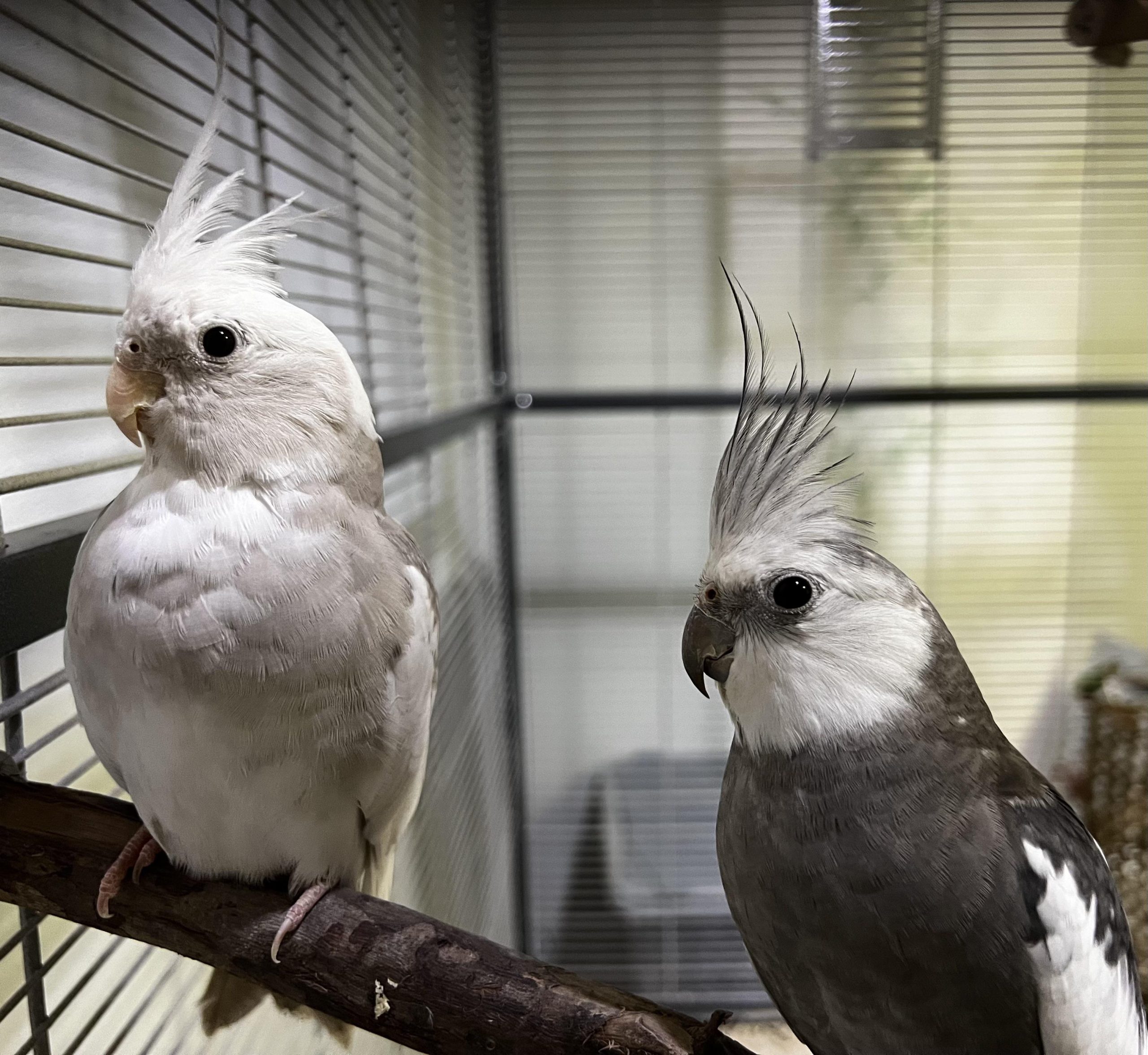When it comes to understanding the complex anatomy of birds, the cockatiel tongue is one fascinating aspect that deserves our attention. As small as it may seem, this extraordinary organ plays a crucial role in helping these charming creatures navigate their world and interact with their environment. Let’s take a closer look at the fascinating world of the cockatiel tongue.
Anatomy of the Cockatiel Tongue
The cockatiel tongue is a muscular structure located at the back of the bird’s throat, known as the oropharynx. It is a multifunctional organ that serves various purposes, including eating, drinking, grooming, and vocalizing. Like most bird species, cockatiels have a specialized tongue adapted to their specific needs, allowing them to perform various tasks effortlessly.
Adaptations for Eating and Drinking
The cockatiel tongue is perfectly suited for its primary functions: eating and drinking. Unlike human tongues, which have taste buds, cockatiels do not have taste buds on their tongues. Instead, these sensory receptors are located at the back of their throat. The tongue is primarily used to move food to the back of the mouth to facilitate swallowing.
Furthermore, the tongue’s surface is covered with tiny, backward-facing papillae, which aid in the ingestion of seeds and other small food items. These papillae help hold the food securely between the upper and lower beak, preventing spillage during consumption. The textured surface of the cockatiel’s tongue also helps them efficiently remove the husks of seeds, ensuring they consume the nutritious kernel inside.
Grooming and Maintenance
In addition to eating and drinking, the cockatiel tongue plays a vital role in grooming and maintenance. The bird’s tongue is equipped with specialized bristles or filoplumes, which are used to preen and clean their feathers. These bristles help them remove dirt, dust, and pests from their plumage, ensuring their feathers stay clean, well-maintained, and capable of providing proper insulation.
Vocalization and Communication
Cockatiels are known for their melodious songs and vocalizations, and their tongues play a significant role in producing these beautiful sounds. The bird’s unique vocal apparatus, including the trachea, syrinx, and tongue, allows them to create a wide range of sounds and mimic various melodies. The tongue’s flexibility and control over airflow aid in the modulation of their vocalizations, giving them the ability to communicate with their flock members and human companions.

Credit: www.reddit.com
Caring for Your Cockatiel’s Tongue
To ensure the health and proper functioning of your cockatiel’s tongue, it’s essential to provide them with a nutritious and balanced diet. A diet consisting of high-quality bird pellets, fresh fruits, vegetables, and occasional treats will help maintain their overall health and keep their tongue in good shape.
Regular veterinary check-ups are also crucial to monitor the condition of their tongue and overall oral health. A veterinarian experienced in avian care can examine your cockatiel’s mouth, detect any potential issues, and provide appropriate treatment if necessary.

Credit: trainedparrot.com
Frequently Asked Questions Of Cockatiel Tongue: Unveiling The Secrets For Optimal Health
Can Cockatiels Stick Out Their Tongue?
Yes, cockatiels can stick out their tongue, similar to other birds, but it may not be very noticeable.
How Do Cockatiels Use Their Tongue?
Cockatiels use their tongues to manipulate food and drink by guiding it towards the back of their throat.
Why Do Cockatiels Stick Out Their Tongues While Eating?
Cockatiels may stick out their tongues while eating to help push food to the back of their throat for swallowing.
Do Cockatiels Have A Special Organ On Their Tongue?
Cockatiels do not have a special organ on their tongue, but their tongues are designed for optimal eating and drinking.
Conclusion
The cockatiel tongue is truly a remarkable organ that enables these beloved pets to eat, drink, groom, and communicate effectively. Its unique adaptations and functions make it an essential part of the cockatiel’s anatomy. By understanding and caring for their tongue, we can help ensure our feathered friends lead happy and healthy lives.
So, the next time you observe your cockatiel enjoying a tasty treat or sweetly serenading you with its songs, take a moment to appreciate the incredible capabilities of its tongue, which allow it to experience and interact with the world in ways we can only admire.

